Open Crawl Space Vents
Open crawl space vents were once thought to improve airflow and prevent moisture buildup. However, they often do more harm than good by allowing humid air, moisture, and pests to enter your crawlspace. This outdated practice can lead to structural damage, mold growth, and increased energy costs. Understanding how it causes problems and implementing the right solutions can help protect your home.
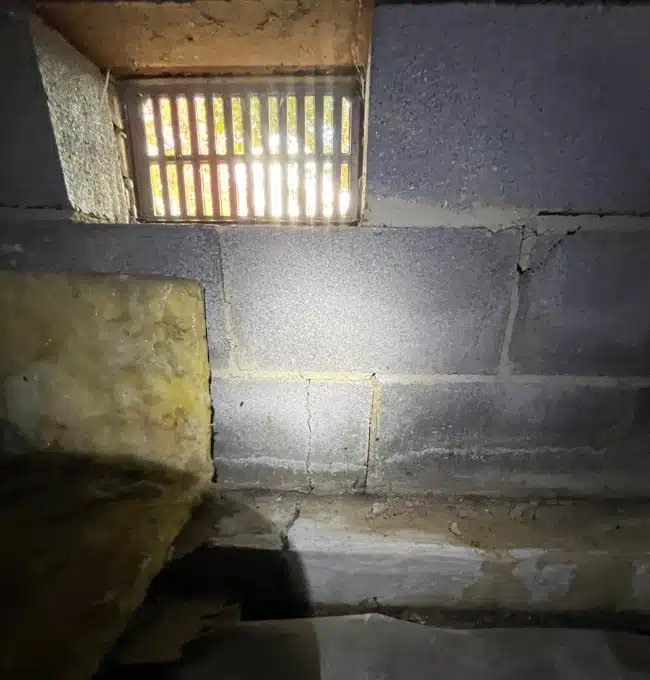
How Open Crawl Space Vents Impact Your Home
Open crawl space vents, once thought to improve airflow, often cause more harm than good. Humid outside air enters the crawlspace, condenses on cooler surfaces, and creates moisture buildup. This excess moisture promotes mold growth, wood rot, and saturates insulation, reducing its effectiveness.
Open vents also invite pests like termites, rodents, and insects, which thrive in damp environments. These pests spread bacteria and cause structural damage. Worse yet, unconditioned outside air entering through the vents forces your HVAC system to work harder, increasing energy costs and reducing comfort.
If left unchecked, continuous moisture exposure weakens your home’s structure, leading to sagging floors, cracked walls, and long-term foundation instability.
What Causes Problems with Open Crawl Space Vents?
Open crawl space vents can create multiple issues due to external and environmental factors. Here’s why they fail to keep your crawlspace healthy:
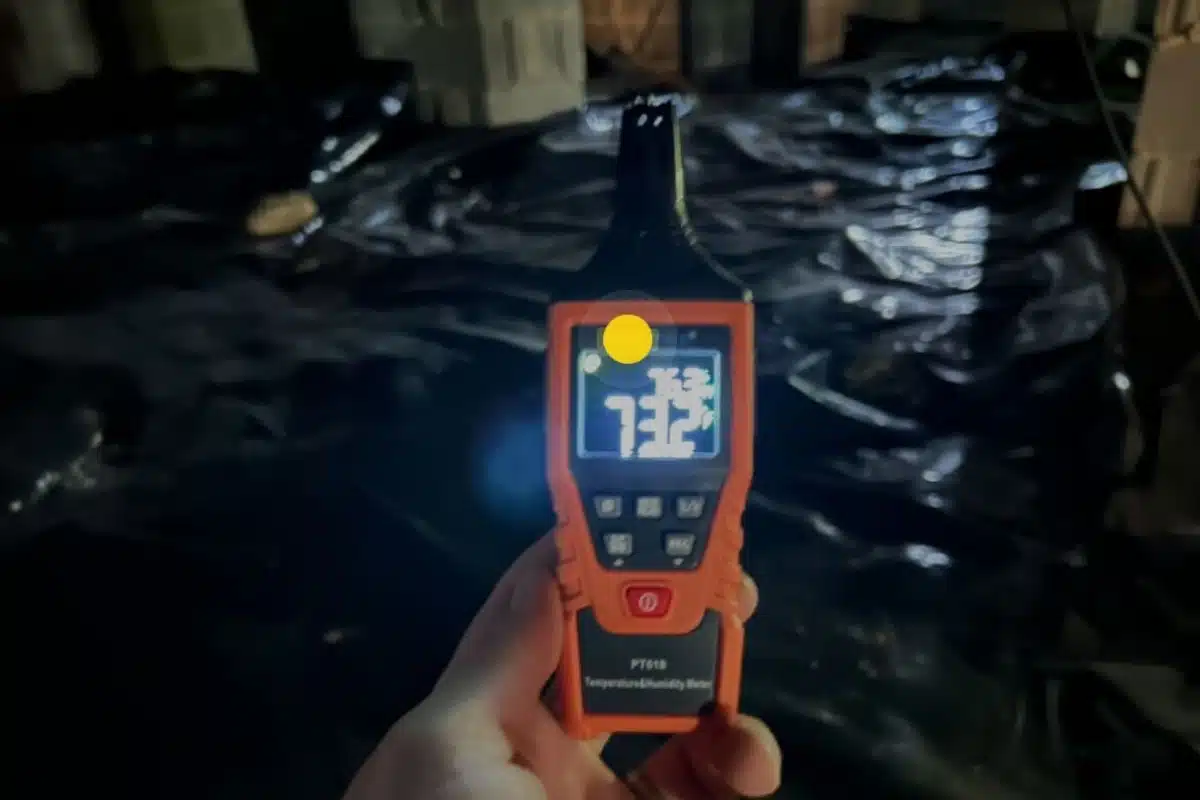
Uncontrolled Humidity
Open crawlspace vents allow warm, humid air from outside to enter the crawlspace, especially during hot or rainy weather. When this humid air comes into contact with cooler surfaces like floors or walls, it condenses into water droplets. This moisture buildup fosters mold growth, weakens wooden structures, and dampens insulation.
Over time, trapped humidity can lead to significant structural damage and create unhealthy indoor air conditions for your home.
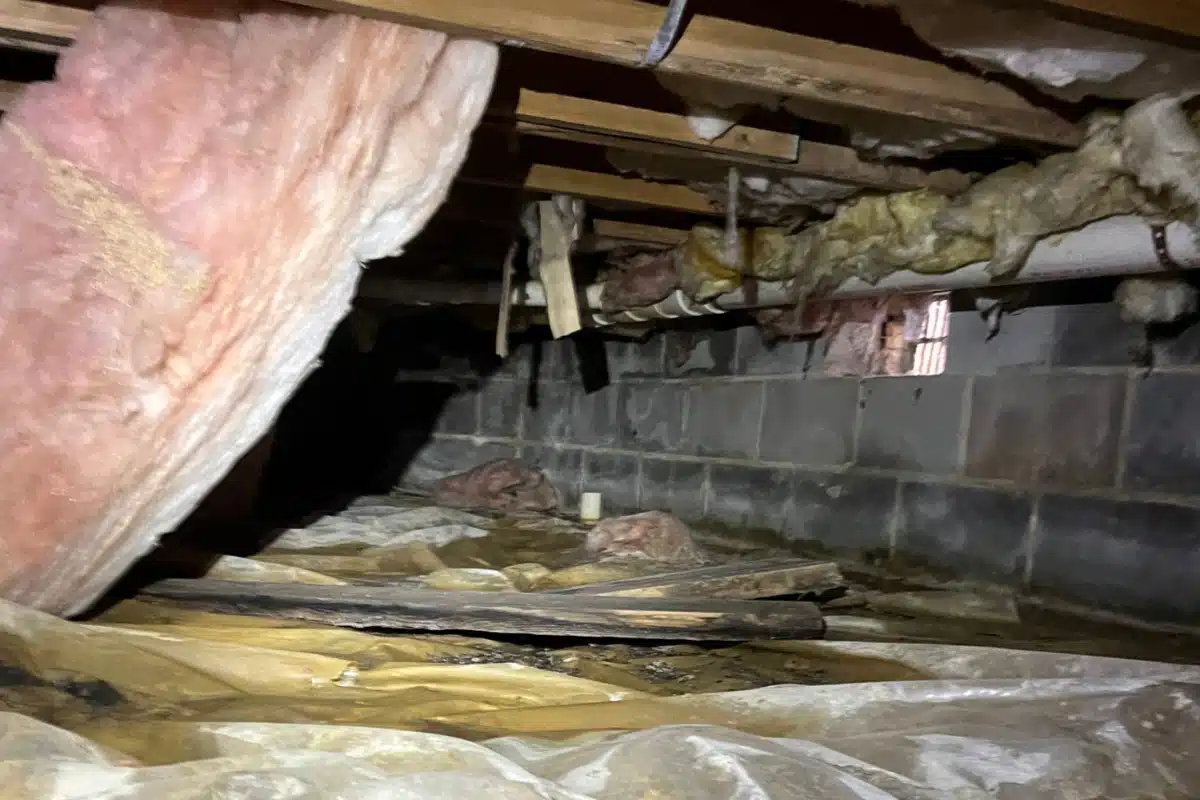
Stack Effect
The stack effect occurs when warm air rises through the home, naturally drawing air from the crawlspace upward. Open vents exacerbate this issue by allowing moisture, allergens causing asthma or allergy, and even radon gas to enter the crawlspace and circulate into the living areas.
This process not only affects air quality but also increases the workload on HVAC systems, making the home less energy efficient.
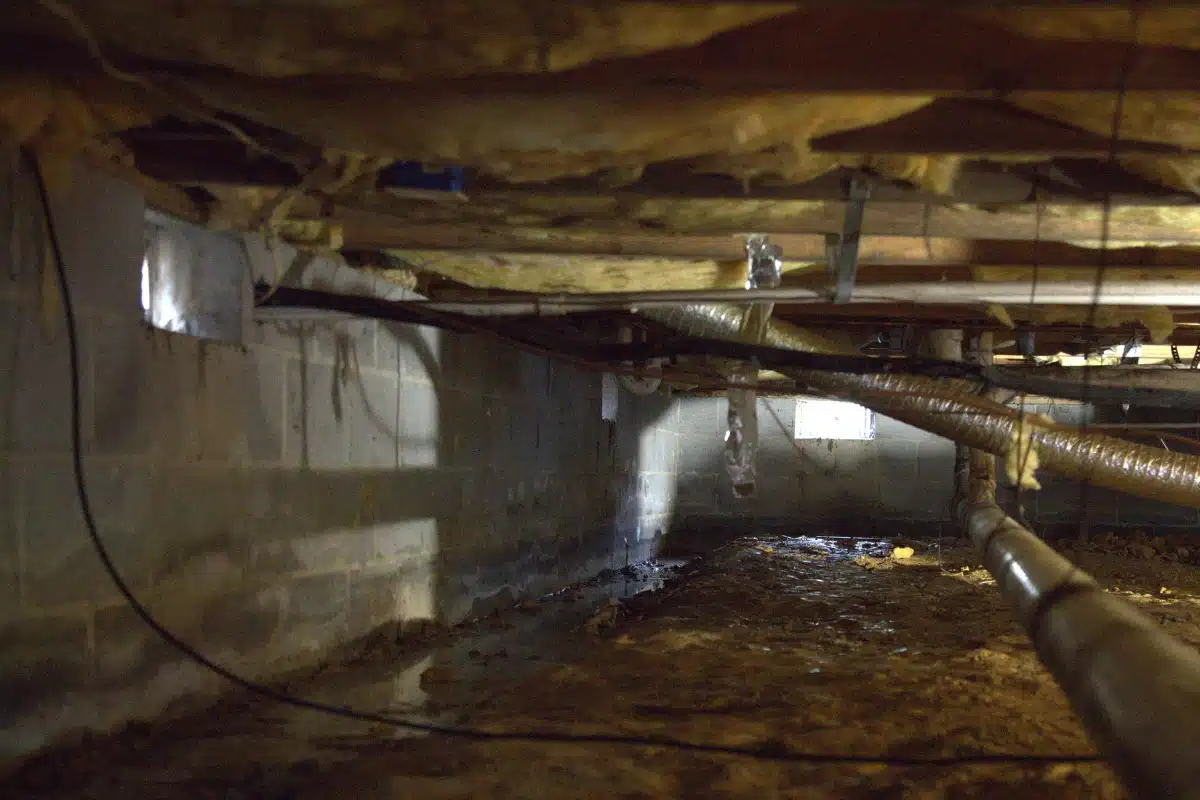
Seasonal Temperature Changes
During colder months, open vents permit freezing air to enter the crawlspace, which can result in frozen or burst pipes. Additionally, these vents allow drafts to flow into the space, making it harder for the home’s heating system to maintain consistent indoor temperatures.
The combination of these factors reduces energy efficiency and increases heating costs, particularly in regions with harsh winters.
How to Fix Crawl Space Issues Caused by Open Vents
At LUX Foundation Solutions, we provide proven, professional solutions to fix issues caused by open crawlspace vents. Our team specializes in sealing crawlspaces, managing moisture, and protecting your home from long-term damage. Here are the effective solutions we recommend:
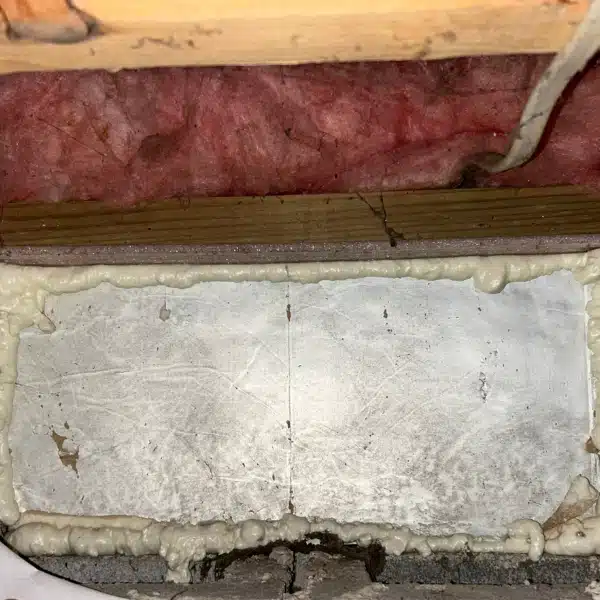
Close and Seal Crawl Space Vents
Permanently closing and sealing crawl space vents is the first step in addressing moisture and pest issues caused by open vents. Sealed vents prevent outside air, humidity, and pests from entering your crawlspace.
Our team expertly seals vents using durable materials that eliminate these entry points. Combining vent closure with other solutions, such as encapsulation and dehumidifiers, creates a dry, protected crawlspace environment that promotes your home’s long-term stability and structural health.

Install a Dehumidification System
Open crawlspace vents allow excessive humidity to accumulate, creating mold, wood rot, and poor air quality conditions. A dehumidification system regulates moisture levels and prevents condensation.
We install high-performance dehumidifiers tailored to your crawlspace’s size and conditions. This system works alongside vent sealing to maintain a dry, healthy environment and protect wooden structures and insulation.
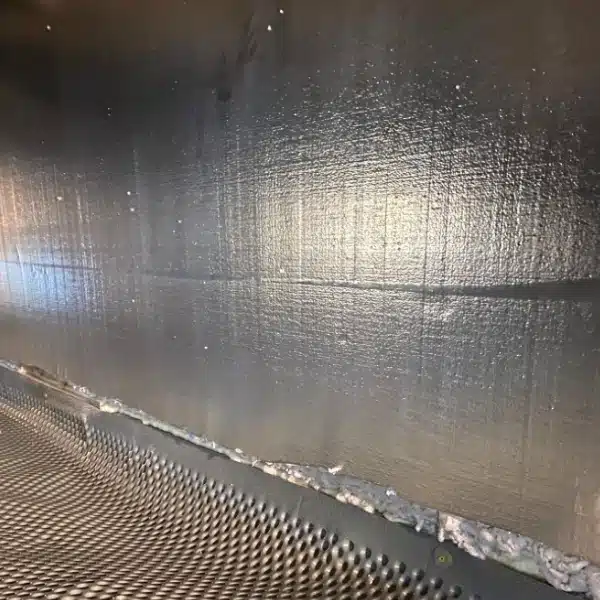
Insulate the Crawl Space
Proper crawl space insulation helps regulate temperature, prevents moisture condensation, and improves your home’s energy efficiency. Open vents allow unconditioned outside air into the crawlspace, which leads to condensation and energy loss.
LUX expert team installs a high-quality Polyiso Insulation Board, a waterproof, closed-cell rigid foam board insulation tailored to your home’s needs, preventing warm or cold air infiltration and eliminating condensation risks. This ensures a dry, stable environment that protects your home’s structure while reducing heating and cooling costs year-round.
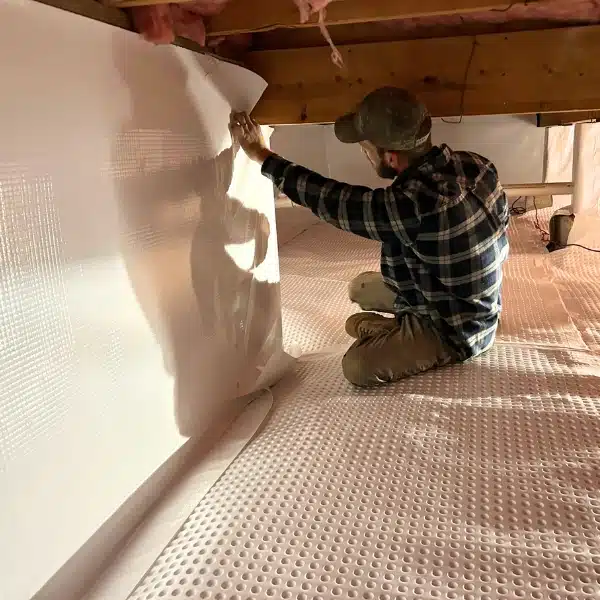
Crawl Space Encapsulation
If your crawlspace lacks these individual solutions, encapsulation offers total protection. Encapsulation seals the crawlspace entirely with vapor barriers, insulation in walls, and installed dehumidifiers, addressing all issues caused by open vents.
Our experts customize encapsulation for your crawlspace, ensuring a fully sealed and energy-efficient environment. Encapsulation eliminates the need for open vents, providing comprehensive protection against moisture, pests, and structural damage.
Close Your Crawl Space Vents the Right Way with Help from LUX Foundation Solutions
Simply covering your open crawl space vents isn’t enough to protect your home from moisture, pests, and structural issues. While vent covers might seem like a quick fix, they don’t address the underlying problems caused by an unsealed and exposed crawlspace.
LUX Foundation Solutions offers expert crawl space solutions customized to your home’s needs. Our solutions ensure a dry, healthy, and energy-efficient crawlspace from comprehensive encapsulation to permanent vent closures. Our team will assess your space, seal problem areas, and eliminate the risks associated with open vents.
Don’t rely on temporary fixes—trust LUX Foundation Solutions for reliable, long-term results. Schedule your free crawl space inspection today!
Request a free Estimate
FAQ's
Crawl space vents should remain closed and sealed. While they were once thought to improve airflow, open vents allow humid air, moisture, and pests to enter, creating an environment for mold growth, wood rot, and structural damage. Sealing the vents, combined with solutions like encapsulation and dehumidification, keeps your crawlspace dry, energy-efficient, and protected from long-term issues.
For expert solutions, trust LUX Foundation Solutions to assess and seal your crawlspace properly.
Exposed crawl space vents let unconditioned air flow into your crawlspace, forcing your HVAC system to work harder to maintain indoor temperatures. This increases energy consumption and utility bills.
LUX addresses this issue with crawlspace encapsulation and high-quality insulation to regulate temperatures, improve efficiency, and lower energy costs year-round.
Leaving crawlspace vents exposed can lead to persistent moisture buildup, mold growth, and wood rot, compromising your home’s structure. It also creates an entry point for pests like termites and rodents.
LUX team offers tailored solutions, including vent sealing, encapsulation, and drainage systems, to eliminate these risks and ensure long-term stability for your home.
Fixing crawlspace vent issues requires a comprehensive approach. We recommend crawlspace encapsulation with a vapor barrier, proper dehumidification systems, and permanently sealing the vents. Our team conducts thorough inspections to identify moisture issues and provides long-lasting solutions to protect your home.
